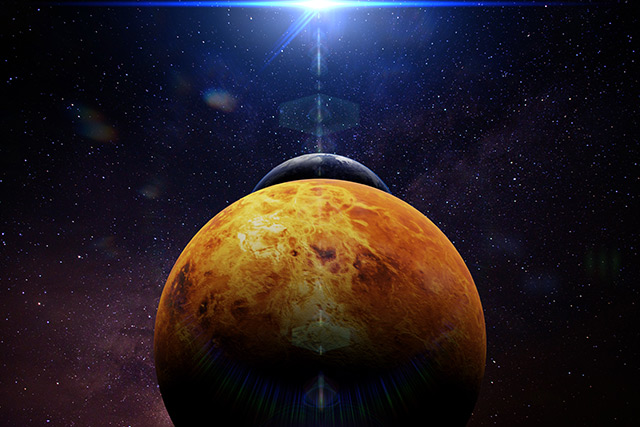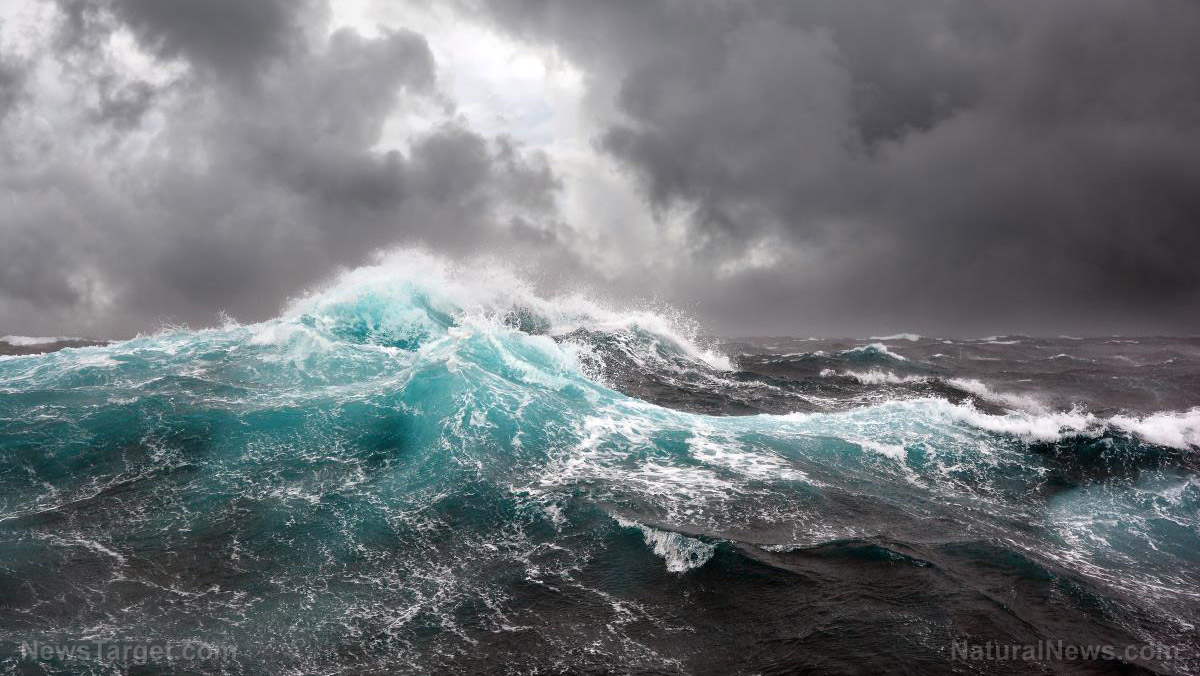Radioactive “snowflakes” behave like small nuclear bombs in the universe
07/27/2021 / By Divina Ramirez

Small “snowflakes” of radioactive uranium that trigger massive nuclear blasts in space could help explain some of the universe’s more bizarre star explosions.
According to theoretical physicist Matt Caplan, it is important to understand how these explosions occur for all sorts of applications, from the production of elements to the expansion of the universe.
Caplan studies astromaterials – the solids that form inside dead stars – and examines their properties to better interpret astronomical observations of dead stars.
In a recent paper he co-authored with fellow theoretical physicist Charles Horowitz, the two posited that atoms of uranium sink to the centers of aging white dwarfs as they cool. White dwarfs, also known as degenerate dwarfs, are the hot, dense core remnants of long-dead small stars.
Once uranium atoms sink to the centers of white dwarfs, they freeze into snowflake-like crystals no bigger than grains of sand. There, these radioactive snowflakes could act as some of the tiniest nuclear bombs in the universe. In a nutshell, the snowflakes act as the spark that sets off the powder keg, said Caplan.
Caplan and Horowitz’s paper has been accepted to the journal Physical Review Letters.
Cooling white dwarfs produce radioactive snowflakes
At the end of their lives, stars cool and contract, forming white dwarfs. In these extremely dense environments, atoms can be packed so closely that they freeze solid and form dense materials.
Scientists previously thought that white dwarfs, when solo, eventually dwindled into cold, dark husks. But they have also observed that in some cases, this cooling process could set the stage for a massive explosion not unlike that of a nuclear bomb.
Caplan and Horowitz suggested that when sunken uranium atoms inside those cooling white dwarfs bump into each other, they freeze and form tiny, radioactive snowflakes. Within an hour of the snowflake’s formation, any rogue passing neutron in the white dwarf’s core could smash into the snowflake and trigger fission, the nuclear reaction in which the nucleus of an atom splits into two or more smaller and lighter nuclei.
This fission could then set off a chain reaction, similar to that in a nuclear bomb. The reaction could eventually ignite the entire white dwarf, causing it to explode as a supernova all by itself.
The idea of a white dwarf exploding all alone goes against what experts previously knew of white dwarfs. White dwarfs were previously thought to explode when they reach a critical mass after stealing material from a stellar companion they are in orbit with. The resulting explosion is called a type 1a supernova.
The brightness of the explosion allows astronomers to measure certain distances in the universe. But they have also noticed that some type 1a supernovas are slightly dimmer than they should be. Caplan and Horowitz’s theory of radioactive snowflakes igniting white dwarfs might explain these dimmer stellar explosions.
“Maybe we don’t need the companion [star,]” noted Horowitz, who teaches astrophysics at Indiana University Bloomington. “Maybe a single star on its own can explode.”
But interesting as the theory might seem, some experts have raised objections. Ryan Foley, an astronomer with the University of California, Santa Cruz, noted that dim type 1a supernovas tend to come from old populations of stars, not those with younger stars as Caplan and Horowitz suggested.
“Among young stars, there very few, if any, dim type 1a supernovae,” explained Foley. (Related: The Earth may be traveling through the debris of an ancient supernova explosion.)
Plus, there needs to be loads of the radioactive isotope uranium-235 for fission to occur. However, because this isotope decays naturally over time, a dim type 1a supernova is only possible in the biggest stars, which have the shortest life spans.
Smaller stars like the sun would simply not have enough uranium-235 left for such explosions by the time they become white dwarfs. Further studies are needed to determine if these dim, solo type 1a supernovas really happen, how often they happen and exactly how the fission that ignites the explosion is triggered.
Go to Space.news to learn more about supernovas and other astronomical events.
Sources include:
Tagged Under: astromaterials, astronomy, cosmic, outer space, research, space, space exploration, supernova, white dwarfs
RECENT NEWS & ARTICLES
NewScienceReport.com is a fact-based public education website published by New Science Report Features, LLC.
All content copyright © 2018 by New Science Report Features, LLC.
Contact Us with Tips or Corrections
All trademarks, registered trademarks and servicemarks mentioned on this site are the property of their respective owners.




















